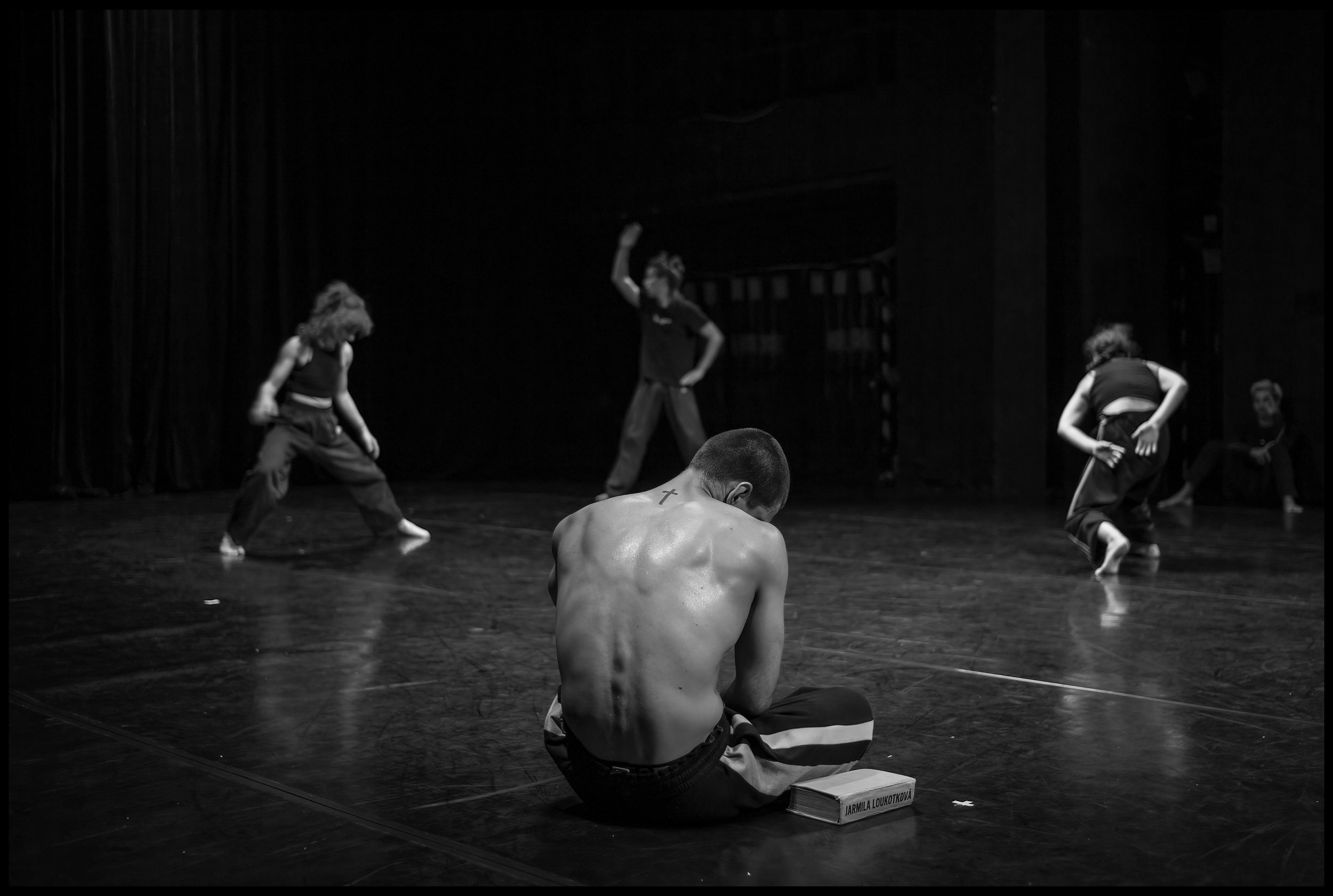Therapy
Photographers like to say buying your own Leica means you’re old. That is not what it means. It means you’re grown up. Also I’m not going to feel ashamed to admit for me it is a form of therapy.
Virtually all of my little articles here at least touch to the problems I have with modern mirrorless systems. Luckily for the reader I’ll skip that this time and jump right to the good stuff. It got so bad I almost stopped enjoying photography all together, which would be the end of me. If you lose passion, you lose half of the motivation to go trough all the stuff surrounding it. In my case there is a lot of ballast. Timing, absolute irregularity, the constant low light situation, rush in general. And all you wish for is just to be able to stop it for the moment and being able to appreciate something somehow.
First day walkaround. Hot summer, high contrast. This specific composition was a test of exposure flexibility of the sensor.
Older 240 M-P model got in my hands at the beginning of the august. Therefore there was not much work due to theater holidays. First ten days I was just taking pictures of whatever I found interesting. Testing myself, testing the camera, making a habit out of controling that little thing.
Just another exponometry test.
When you look into the viewfinder for the first time, you will immediately understand all those long gone famous photographers for choosing Leica. It is so big and bright not only because it needs to be but also because it does not need to be connected to mirror box. And it is not a bloody LCD screen.
This is what it looks like while looking trough the viewfinder with 50mm lens.
Imagine there is a company, that didn’t need to rethink the ergonomy of one of their product for seventy years. That itself is incredible. There will be plenty of people reading this with the feeling that all this is just some posh gen Z tick. I do understand why, but no. GenZ’s mostly don’t care about craft.
35mm Summicron-M apparently does not have any form of optical deformation.
For something, that seems to me to be a million years, I didn’t felt the intention to pick my camera up and taking few pictures just for fun, just for myself. Let alone sharing these photos after that.
Even with the summer holidays I had to spend some time with pre-programming one of my shows. This is my diy ETC EOS console with programming wing.
It is so easy to take so little camera to work every day. This picture was taken during a residency while I was making a light design. Rehearsal of performance "ONtestosterON", directed by Eliska Vavrikova. Performers from left to right: Adam Holub, Toman
Little moody picture taken right after we finished another three-day round of schooling people on ETC EOS consoles. I just liked being alone in the room all of the sudden.
Jokingly I like to call myself an “orthodox manualist”. When the camera arrived I sucssesfully spent hours by searching for my old external exposure meter and added it into my workflow. It is so relaxing I started taking it with me to usual assignments, which consists mostly of very fast moving people hiding in darkness. It is so efficient I would like to work just with that Leica now. I’m sporting R3 with multiple fixed lenses normally, so it is shocking to find something better.
This is a first picture I took while on the assignment. Moment from rehearsal of Mystical Self by Lenka Vagnerova Company, choreographed by Edivaldo Ernesto. Dancers from left to right: Dalma Kitley, Leo Terris, Matilde Giacomelli, Léonard Vo Tan and in the front Lukas Benjamin Lizama Garrido
It might be difficult to admit, but I do feel I was doing my work the wrong way all along. The model I have does have only mechanical shutter, therefore no silent mode. Yet you are mostly invisible to the people. And if you are not, at least they won’t get spooked as they would with my workhorse.
MED CUP, Spec. Ops. Medical Team. Moments before one of the model situations.
The name of this person is Bobes. He spent almost all of his life repairing old cameras. He was in awe when he saw my new one.
Young lady on the right, Andrea, is mad because young lady on the left, Kiki, went too close to the fire while being in the costume. Truth to be told I did ask Andrea to relive her agony because at first I was too far. Luckily they had fun so it still feels very natural.
At the end of the first article about travelling back to the past I would like to kindly ask the reader to excuse all the pictures being converted to monochrome. I’ve heard wonderful interpretation of the reason for it. “It can elevate your work if you remove color from your equipment.” Not my words, but they do speak the true I hope. There is not many comforting things in being a photographer, but thinking monochrome is definitely one of them.
Also I try to write more about craft next time. While writing this I realized I’m still way too excited.











